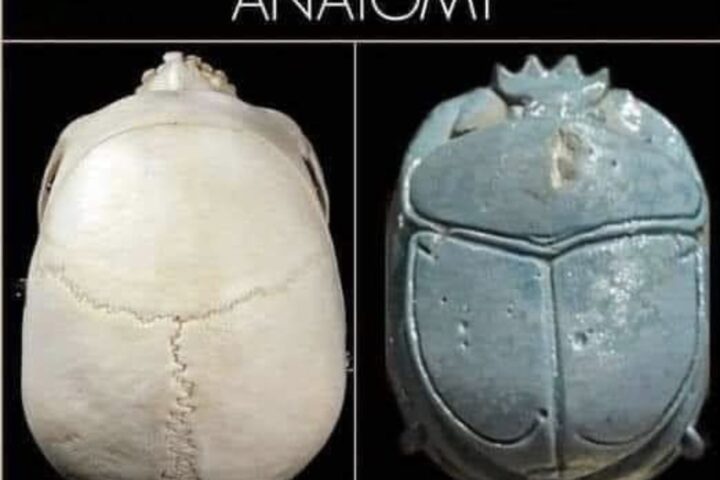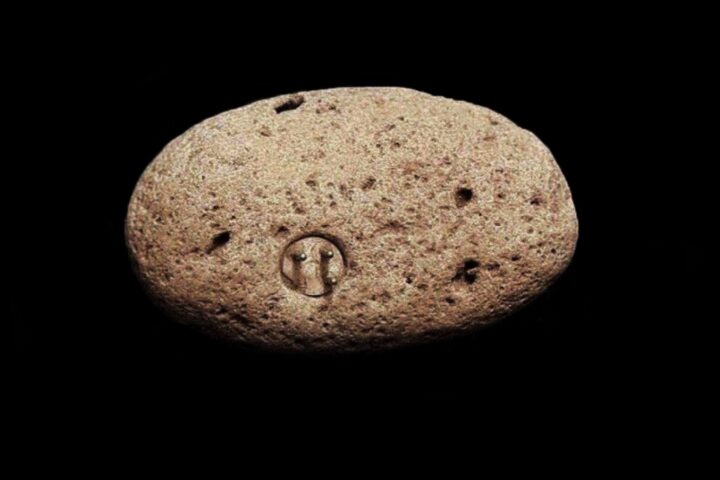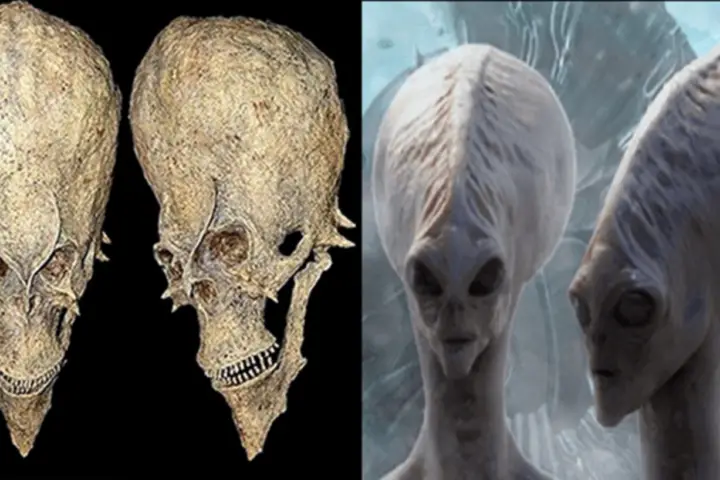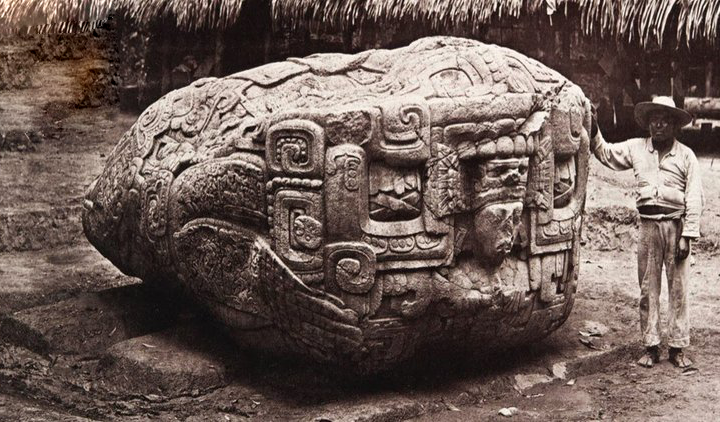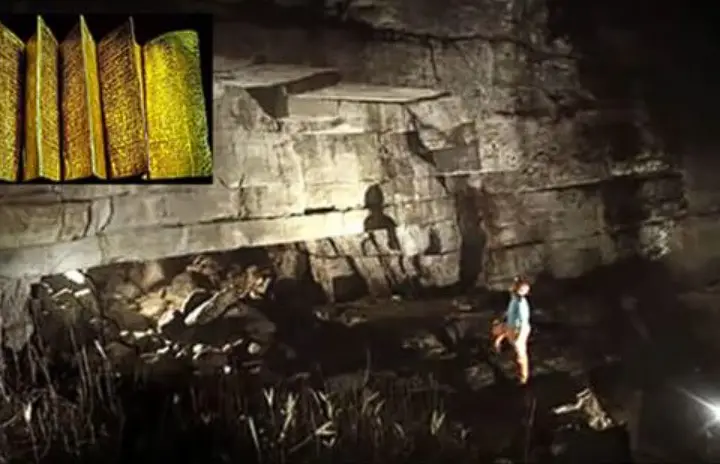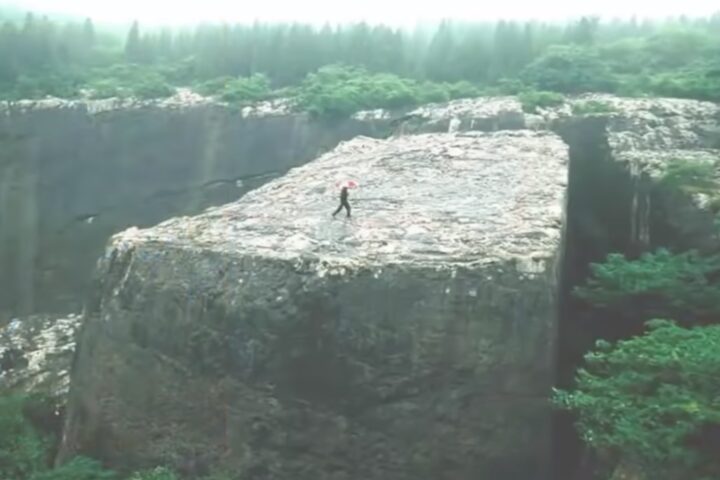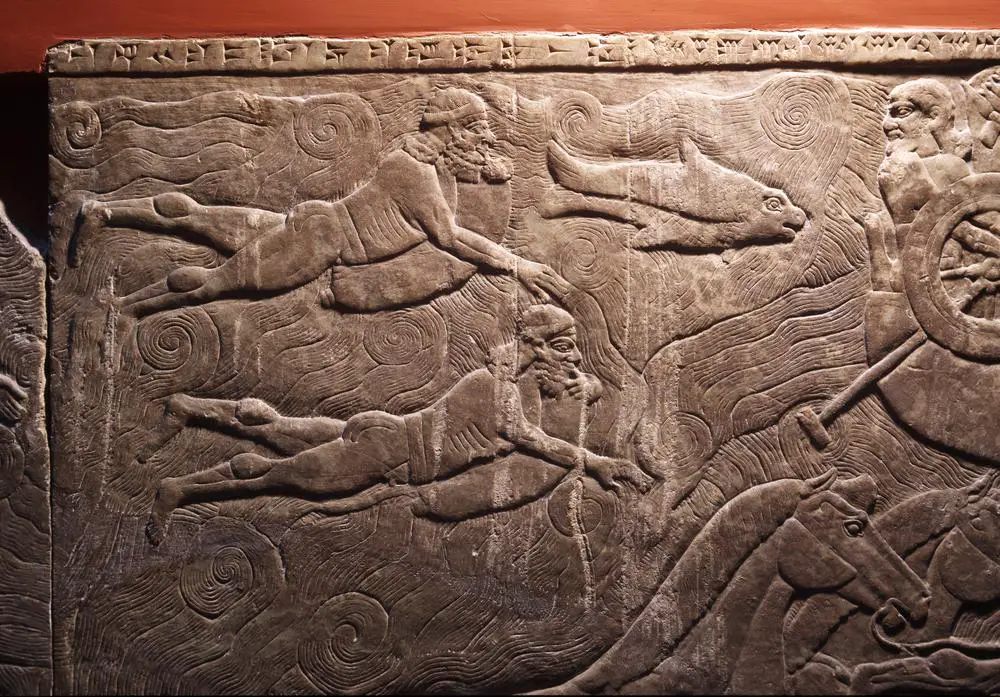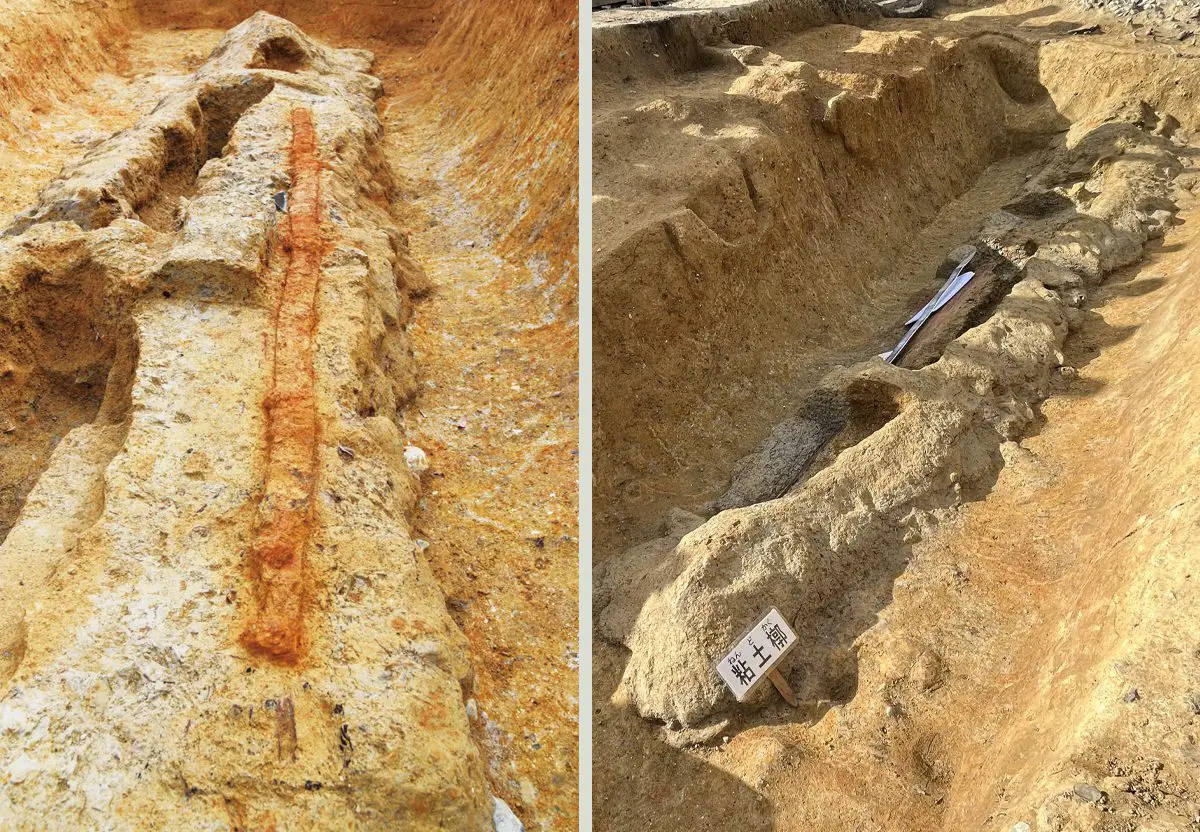Introduction: Gobekli Tepe in southeastern Turkey is a site that has revolutionized our understanding of human history. Among its most fascinating features are the T-shaped columns, some of which date back an astonishing 12,000 years, making them older than both the Egyptian Pyramids and Stonehenge.
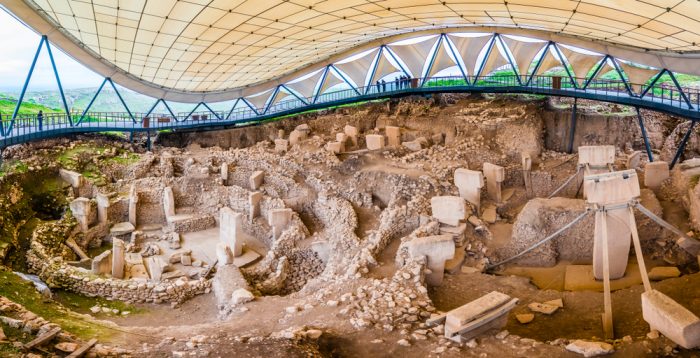
Historical Context: Discovered in 1994 by German archaeologist Klaus Schmidt, Gobekli Tepe predates the advent of agriculture and settled life, suggesting that temple-building was a priority even for nomadic societies. This challenges the traditional narrative that organized religion only arose after the development of agriculture.
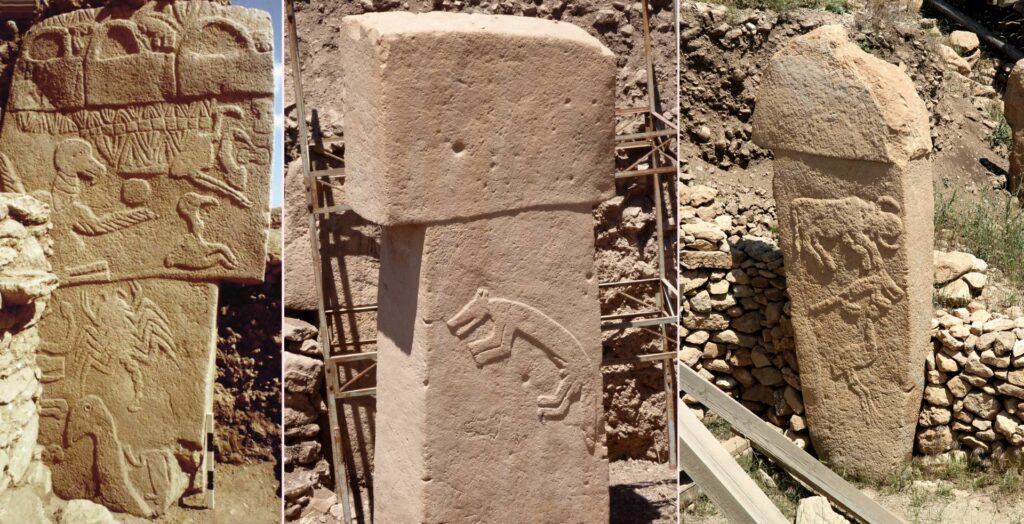
The T Columns: The T-shaped columns at Gobekli Tepe are monumental, reaching up to 20 feet in height and weighing up to 10 tons. Intricately carved with animal figures and abstract symbols, these pillars provide insights into the spiritual life and artistic skills of prehistoric peoples.
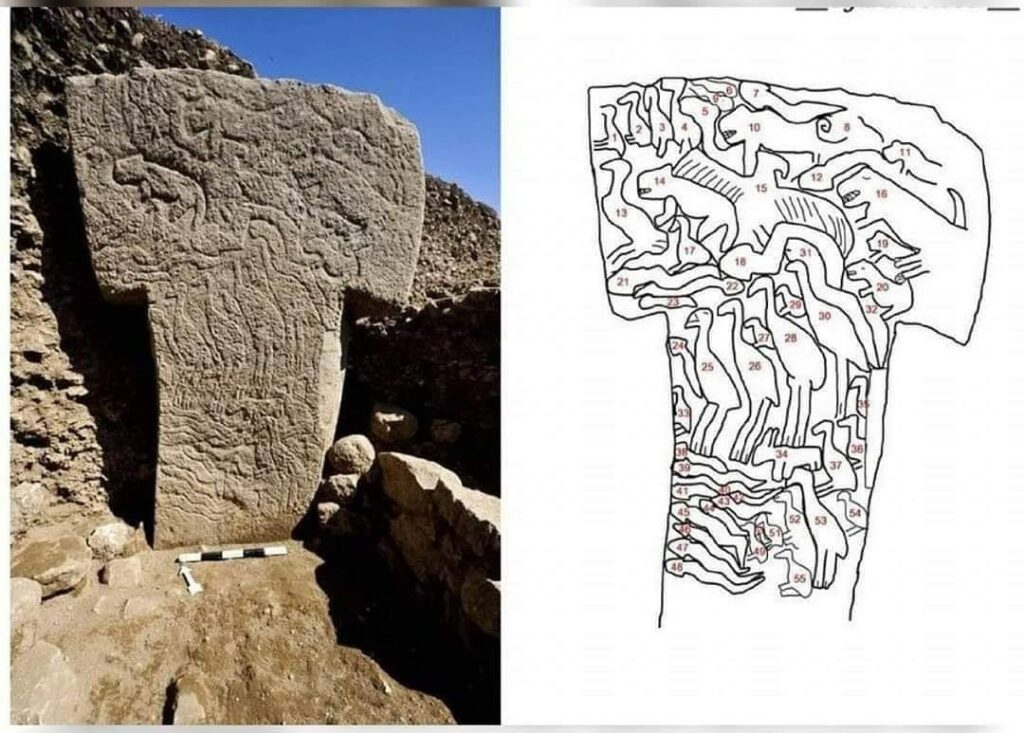
Archaeological Significance: Gobekli Tepe’s discovery has been hailed as one of the most significant archaeological finds of our time. It not only pushes back the date of monumental construction but also provides evidence of complex societal structures in the hunter-gatherer era.
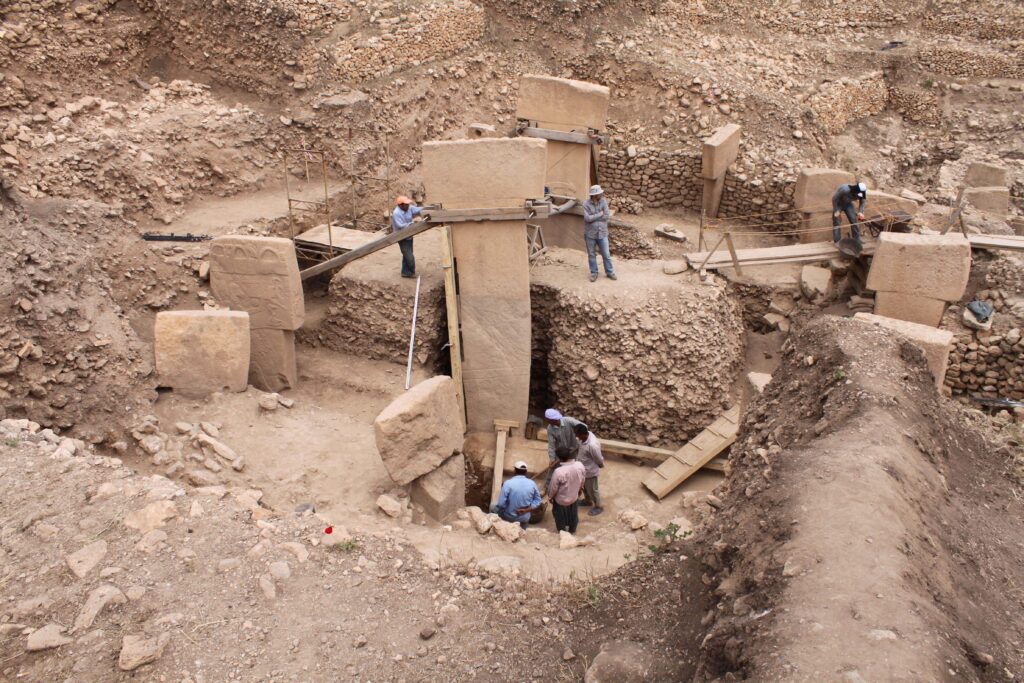
Preservation and Study: The site continues to be a focus of extensive archaeological study and preservation efforts. Its status as a UNESCO World Heritage Site ensures ongoing international support for research and conservation.
The Mystery of its Purpose: The exact purpose of Gobekli Tepe remains a mystery. Theories range from a temple complex to a social gathering spot, highlighting the site’s significance in understanding the spiritual and social dynamics of early human societies.
Conclusion: Gobekli Tepe, with its ancient T columns, is a testament to the ingenuity and spiritual depth of our ancestors. It stands as a symbol of humanity’s long-standing quest to understand and interact with the world through ritual and art.


